Xefina Island – Memory in ruins
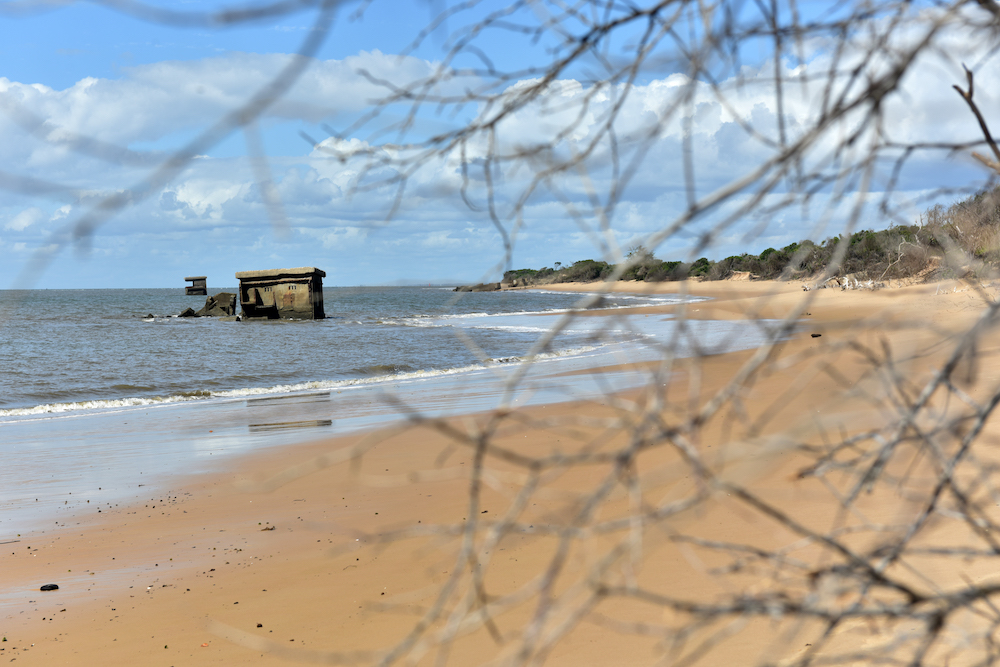
Xefina can be remembered as the first coastal defence bulwark during World War I. Or as the place of death of Dionísio António Ribeiro, governor of Lourenço Marques. Or as the prison-exile of Mozambican nationalists. Or as the sacred ground where O Tempo dos Leopardos was filmed. Or as the place where Alfredo and Jôta moved, characters by Juvenal Bucuane in the book that bears the name of the Island.
There is a plurality of voices about Xefina. There is History and there are stories. There are fictional characters and there are real ones or those who move between the two universes like Pwapo, who welcomes us as soon as we arrive. At first, we thought we heard Guapo, this Spanish term that invokes beauty. “Pwapo, in my land, Nampula, means old,” he explains. But it wasn’t always his name – after all, nobody is born old and the case of Benjamin Button remains curious. “When I arrived, there was an old man from my land here that I called Pwapo out of respect. When he died, everyone started calling me that,” he explains. This is the case of the names that we give and that end up being ours through contamination. And time has made him worthy, now 63 years old, dyeing white the strands of his beards that can be seen.
Born on the Island of Mozambique, he arrived in Xefina as Sambo Ali, riding a love that promised land where a house would be built, a home. But after some happiness, the woman decided to leave him behind and head to Inhambane, taking her two children, who visit from time to time. But he never saw the woman again.
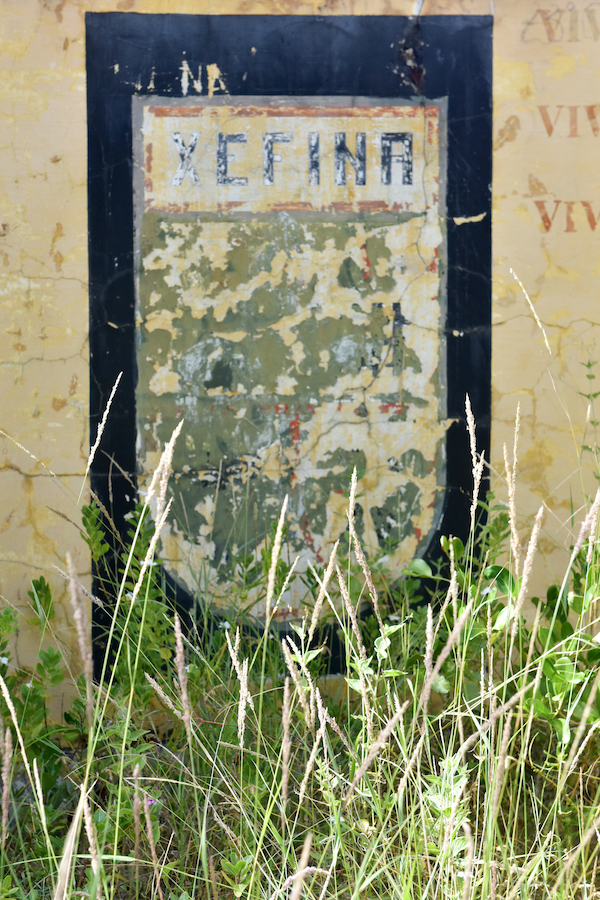
In Xefina, Alfredo and Jôta, Juvenal Bucuane’s characters in the book that bears the name of the island, moved.
Advertising

Pwapo arrived in Xefina riding a love that promised land where a house would be built, a home.
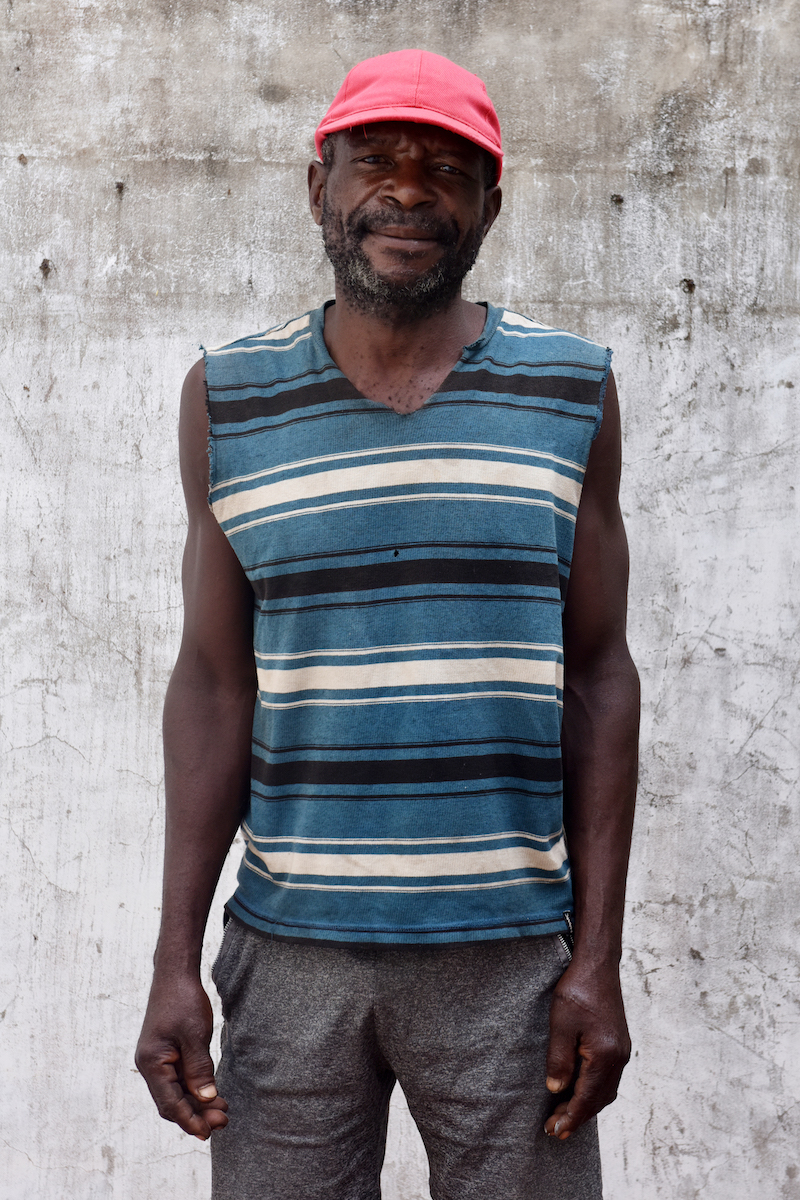
He left the military in 1987, with a stint in the army and the war. He doesn’t reveal whether he defected or was discharged. But the look, with the irises the colour of clouds that announce rain, tells us something of what he saw in the war years. “This is my home. Everyone knows me,” he brags. Which is not difficult considering that there are no more than 100 inhabitants on the Island’s perimeter. He perceives the provocation and decides to expand the territory. “Even in the Pescadores’s neighbourhood, everyone knows me.” And where does this fame come from? “I do not have problems. I’m a good person.” We cannot deny it. Not knowing who was arriving, he alone formed almost a welcoming entourage. After our speedboat docked, he was willing to take us through the labyrinths of the Island, which he has made his home since 1988.
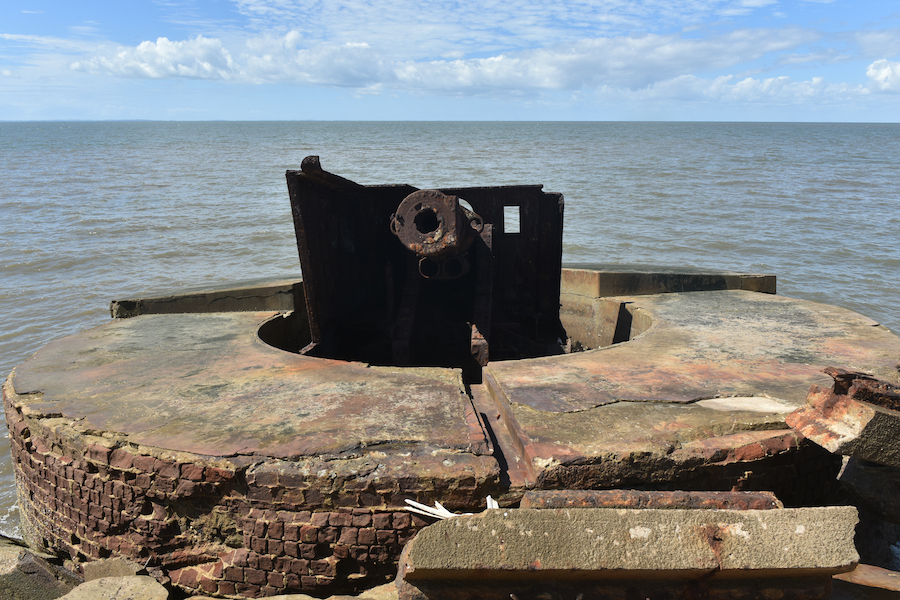
What was once a stronghold has bunkers, cannons and cells submerged by the sea, as if the tide had gone out and revealed a city.
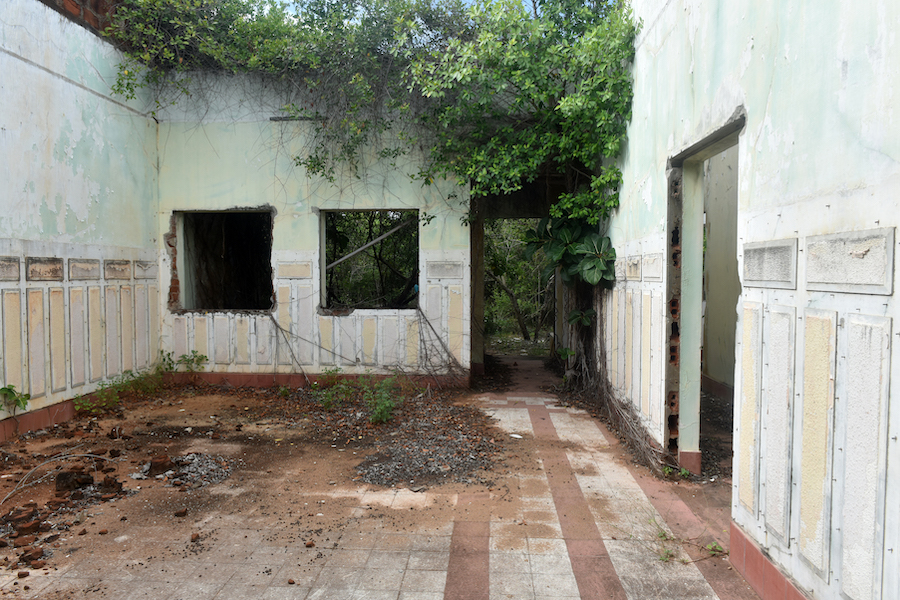
The boat that moves at the speed of the agility of his arms allows him to feed the body. But the spirit seems lost. Throughout the trip, we realised that there are times when he wants to escape the world. Maybe that’s why he continues to live on the Island. “Don’t you get tired of talking?” – Pwapo. The aggression that the question might suggest is diluted by the laughter that follows. But he gets tired, he was tired and needed to rest. It took about 20 minutes to drag our feet through the woods, our hands like machetes clearing the way. Not a sound. But he had already shown us the ruins of an old barracks, the command post that makes the cover photo of Juvenal Bucuane’s book, a house that we assume was the commander’s, a mess hall and a prison with tiny cells that remains gloomy. They are the last walls of a time that is crumbling.
Arriving at the north of the island, we see what was once a stronghold, with bunkers, cannons and cells submerged by the sea; as if the tide had gone out and revealed a city, an armed version of Pavlopetri. “This was all in the bush when I arrived”, he returned to speech. And Carlos Serra, an environmentalist and biologist with whom we spoke later, confirms it. “There is no protection plan for the Island,” he declared. And the sea builds its empire, swallowing the memory. The big Xefina, this clod of land shrinking while the sea grows, is in danger of disappearing like the small and medium Xefinas, extinguishing all idea of what was once an archipelago. “If Xefina ends, the Pescadores neighbourhood will also be threatened,” Pwapo warns. But who will listen?
▶ HOW TO GO
From Maputo, with a travel agency such as Safe Travel, you can take a speedboat to Xefina Island. It’s about an hour down the water road.
▶ WHAT TO DO
Before it’s too late, it’s necessary to walk the Island, which the sea is chipping away. You can always sow a seed or seedling in the ground in the hope that it will become a tree. But you can also make the trip to the Portuguese Island, whose waters invite you to take a dip that will invigorate you after visiting the ruins of Xefina.
▶ WHERE TO EAT
There are no restaurants so you should always bring food and water on board. A picnic by the sea is always good.
▶ WHERE TO SLEEP
You can camp on the Island. But you need to consult the local authorities. Or, you can spend the night at hotel resorts in the city of Maputo.
▶ WHAT TO WATCH OUT FOR
Bring shoes that allow you to walk through the woods. Be careful when entering the cells, they are now bat shelters. It is not advisable to climb the ruins of the bulwark submerged in the sea.
Issue 73 May/Jun | Download.
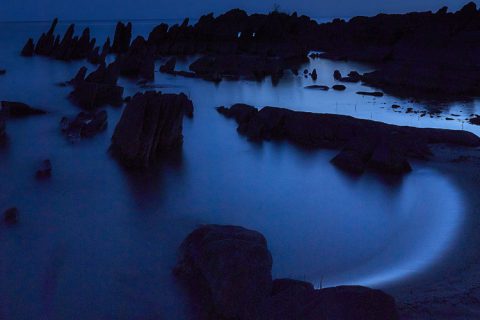
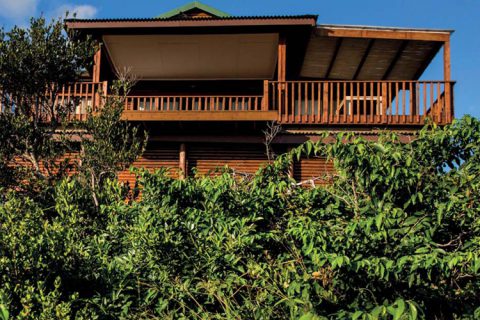


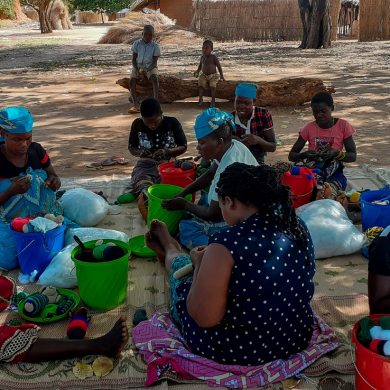

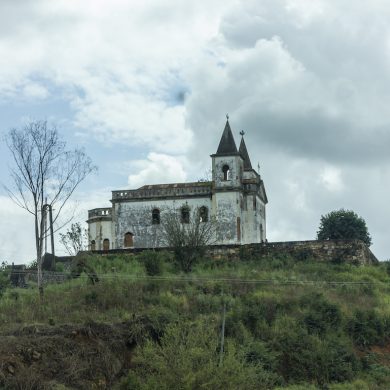

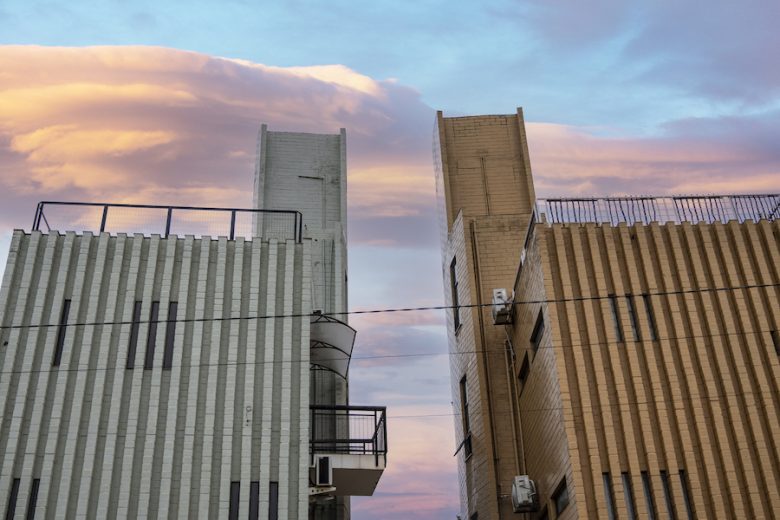

















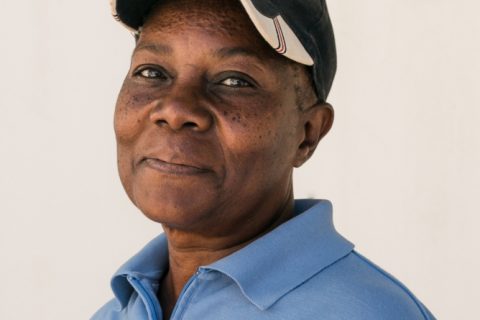



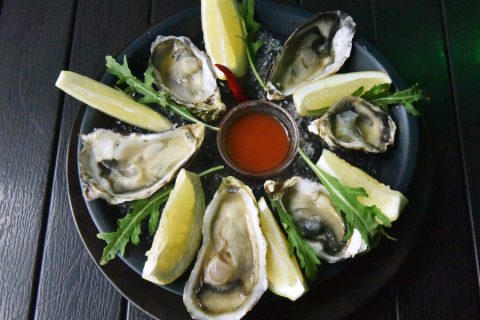
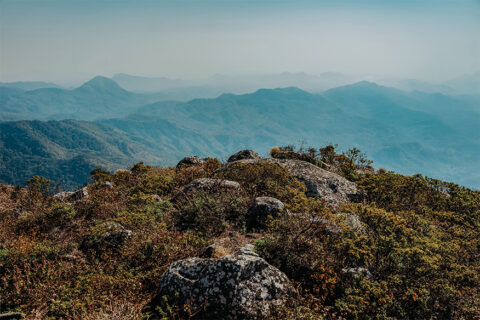


0 Comments